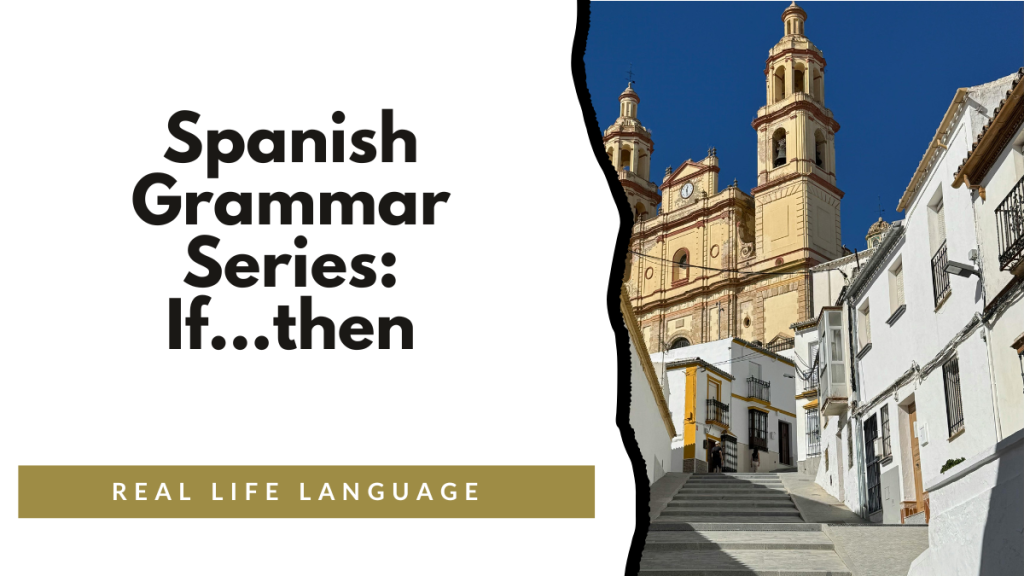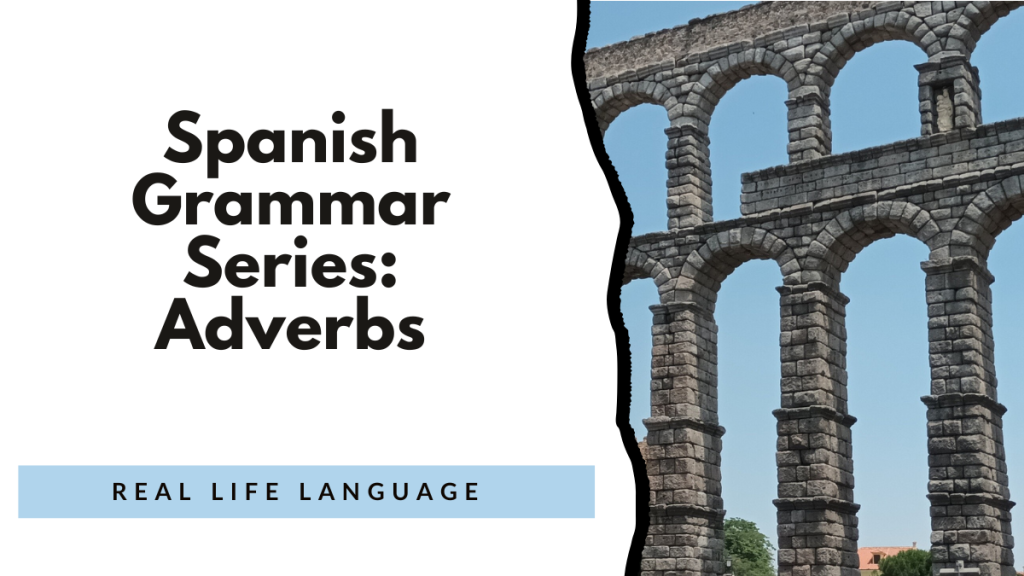Spanish Grammar — The Verb Gustar (To Like)
In Spanish, the verb gustar works differently than the English verb “to like.” Instead of saying that a person likes something, gustar literally means “to be pleasing.” This means the thing that is liked becomes the subject, and the person who likes it becomes the indirect object.
So rather than saying “I like pizza,” Spanish expresses the idea as:
“Pizza is pleasing to me.” → Me gusta la pizza.
Understanding this structure helps students use gustar accurately and opens the door to other similar verbs in Spanish.
1. The Structure of “Gustar”
The basic formula is:
(Indirect Object Pronoun) + (Verb Gustar) + (Thing Being Liked)
| Indirect Object Pronoun | Meaning |
| me | to me |
| te | to you (informal) |
| le | to him / to her / to you (formal) |
| nos | to us |
| os | to you all (Spain) |
| les | to them / to you all |
2. The Two Main Forms of “Gustar”
Since gustar agrees with the thing being liked, not the person, it usually appears in only two forms in the present tense:
| Form | Use | Example |
| gusta | when what’s liked is singular, or a verb | Me gusta el chocolate. → I like chocolate. Me gusta leer. → I like to read. |
| gustan | when what’s liked is plural | Me gustan los gatos. → I like cats. |
Key Point:
- The verb agrees with the thing liked (el chocolate / los gatos), not with the person (me).
3. Examples by Pronoun
| Pronoun | Example | Translation |
| me | Me gusta la música. | I like music. |
| te | ¿Te gustan los deportes? | Do you like sports? |
| le | A ella le gusta el arte. | She likes art. |
| nos | Nos gusta bailar. | We like to dance. |
| os | ¿Os gusta el helado? | Do you all like ice cream? (Spain) |
| les | A ellos les gustan los libros. | They like books. |
Tip: The prepositional phrase (A mí, A ti, A ella, etc.) is often added for clarity or emphasis.
4. Adding Emphasis or Clarity
Because le and les can refer to several people (he, she, you, they), Spanish often includes a clarifying phrase:
| Emphatic Phrase | Example | Translation |
| A mí | A mí me gusta el café. | I like coffee. |
| A ti | A ti te gustan los perros. | You like dogs. |
| A él / A ella | A ella le gusta cantar. | She likes to sing. |
| A nosotros | A nosotros nos gusta el verano. | We like summer. |
| A ellos | A ellos les gusta viajar. | They like to travel. |
The pronoun (me, te, le, nos, les) must still appear, even if you add the clarifying phrase.
You can’t say A mí gusta el café — it must be A mí me gusta el café.
5. Gustar + Verb Infinitive
When you like doing something, use gustar + infinitive.
The verb stays in its singular form (gusta) because the action itself is singular.
Examples:
- Me gusta leer. → I like to read.
- Te gusta bailar. → You like to dance.
- Nos gusta estudiar español. → We like to study Spanish.
- ¿Les gusta viajar? → Do they like to travel?
6. Gustar with Nouns
When using nouns, gusta or gustan must agree with the number of the thing(s) you like.
Examples:
- Me gusta el café. → I like coffee.
- Me gustan los libros. → I like books.
- ¿Te gusta la escuela? → Do you like school?
- Nos gustan los animales. → We like animals.
7. Other Verbs Like “Gustar”
Several other Spanish verbs work the same way as gustar — they use the same indirect object structure.
| Verb | Meaning | Example |
| encantar | to love / to be delighted by | Me encanta la música. → I love music. |
| interesar | to interest | Nos interesa la historia. → History interests us. |
| importar | to matter | ¿Te importa? → Does it matter to you? |
| fascinar | to fascinate | A ella le fascinan los animales. → Animals fascinate her. |
| molestar | to bother | Me molesta el ruido. → The noise bothers me. |
| doler (o→ue) | to hurt | Me duele la cabeza. → My head hurts. |
These follow the exact same pattern as gustar — the thing is the subject, and the person is the indirect object.
8. Practice: Fill in the Blanks
- A mí ________ el helado. (gustar)
- ¿A ti ________ las películas románticas? (gustar)
- A ella ________ bailar y cantar. (gustar)
- A nosotros ________ los perros. (gustar)
- A ellos ________ viajar. (gustar)
Answers: gusta, gustan, gusta, gustan, gusta
9. Why “Gustar” Matters
Understanding gustar unlocks a new level of communication.
It lets you express:
- Likes and dislikes
- Preferences and interests
- Reactions and feelings
Mastering gustar also helps you understand other common verbs that share the same structure.
With gustar, learners can start forming authentic, natural sentences that express personal opinions — one of the first steps toward confident communication.
Building Proficiency for World Language Learners: 100+ High-Interest Activities
Discover over 100 dynamic activities to make world language learning interactive and fun. I wrote this book with some of my favorite activities for educators aiming to build proficiency with high-impact strategies.
Learn more and get your copy here.
5 Weeks of No and Low Prep Fun
Need quick, engaging activities for your class? This free guide includes 25 no-prep and low-prep ideas to save time while keeping students excited about learning.
Download your free copy now.
100s of videos to learn Spanish:

